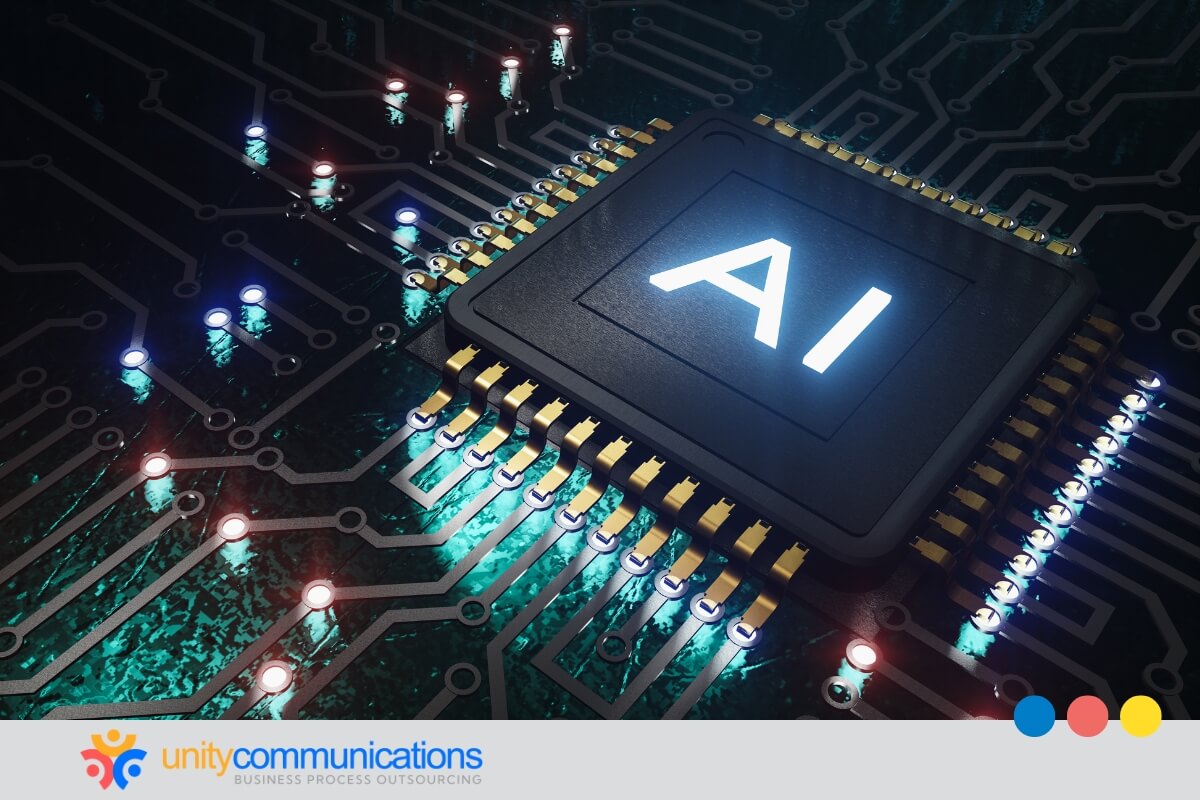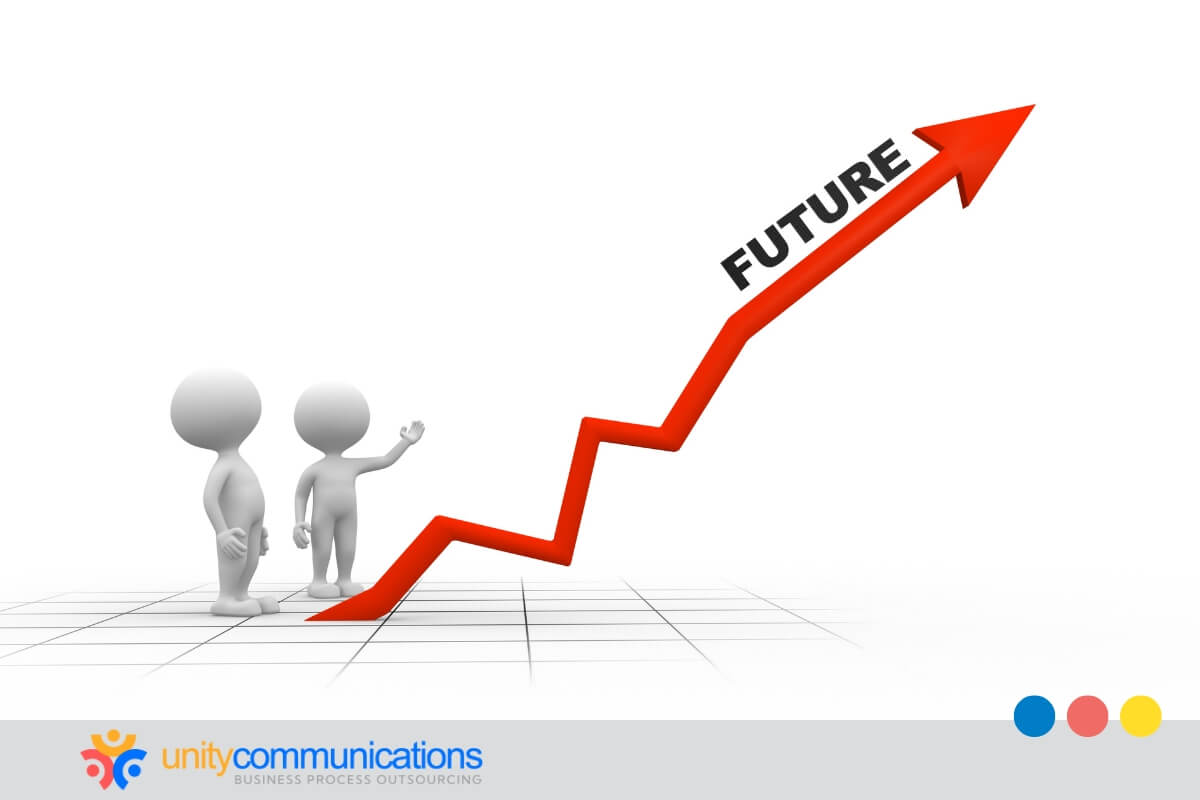Table of Contents
Today’s most effective recruitment process outsourcing (RPO) strategies don’t rely on manual effort—they run on intelligent technology. Unlike traditional business process outsourcing (BPO), which focuses on transactional tasks, RPO uses integrated tools to manage sourcing, screening, and onboarding quickly and precisely.
These technologies automate and optimize processes to eliminate bottlenecks, accelerate hiring, and improve alignment between talent and business needs.
This article enumerates the technology used in RPO models that quietly powers high-performing outsourced recruitment. Read below to learn more!
Technology stack used in RPO models: What are they?

RPO providers rely on a mix of tools to streamline and scale recruitment. From sourcing to onboarding, these technologies drive modern RPO models:
1. Applicant tracking system (ATS) to centralize hiring
Your applicant tracking system (ATS) is the control center of your recruitment process—but only if it’s built for seamless collaboration. In RPO models, this tech is crucial in allowing your outsourcing partner to operate within your system, not around it.
Bidirectional syncing ensures your team and RPO provider see real-time updates. Automated compliance tagging supports audits and regulatory needs, while flexible APIs connect sourcing bots, calendars, and dashboards without friction.
Unlike what BPO typically handles, which rarely requires deep system integration, RPO is embedded in your hiring process. It relies on full access to your recruitment platforms to deliver results. An outdated or poorly integrated ATS can cause duplicated work, communication gaps, and slow decision-making.
A good technology stack in RPO models connects tools, teams, and processes to speed up hiring and keep everyone aligned.
2. Artificial intelligence (AI) and automation to supercharge recruitment
Speed and precision can make or break your hiring success in today’s hyper-competitive talent market. That’s why modern RPO providers use AI and automation to transform how companies find and evaluate candidates.
AI tools can analyze behavioral patterns, hiring trends, and skill relationships to match candidates based on context, not just content. About 82% of HR professionals use the technology to generate more accurate, relevant job descriptions and attract more qualified candidates. It can also reveal passive candidates to broaden the talent pool.
Meanwhile, automation makes résumé screening faster and more consistent. These tools can:
- Instantly parse and filter hundreds of applications
- Reject unqualified candidates who don’t meet basic requirements
- Extract and score relevant skills, even from messy or inconsistent formats
AI and automation in recruitment dramatically reduce manual work and shorten hiring time.
3. Talent management systems to build talent pipelines
Reactive hiring is a thing of the past. To maintain momentum, RPO providers rely on another technology used in RPO models to develop and nurture long-term candidate relationships. Recruitment customer relationship management systems (CRMs) track potential hires’ interactions, keeping them engaged and ready for future roles.
The tool can:
- Segment talent by skill, location, or past interest.
- Monitor engagement from emails, events, and applications.
- Score leads to determine who to reach out to first.
- Automate personalized outreach based on candidate profiles.
- Track progress through the hiring pipeline in real time.
- Integrate data from multiple recruitment platforms for a unified view.
- Generate reports to measure campaign effectiveness and returns.
Including talent CRMs in your tech stack can keep pipelines warm, streamline recruitment, and help you find candidates who already know your brand.
4. Video tech to standardize interviews
When internal and external recruitment teams have different workflows, the candidate experience can quickly become inconsistent. This misalignment can lead to delays, mixed messages, or lost talent. It also prolongs recruitment, increasing HR costs.
To address this, more businesses are investing in advanced video platforms. They can reduce delays, promote fairness, and simplify interviews for candidates and hiring teams.
With this technology used in RPO models, you can:
- Allow candidates to record responses at their convenience.
- Ensure fair evaluations through structured scoring systems.
- Centralize data by integrating with your ATS.
- Streamline scheduling with automated interview coordination.
- Offer consistent branding and messaging across all candidate interactions.
These platforms help your RPO partner deliver a more streamlined, standardized interview experience while giving hiring managers reliable, comparable data to inform decisions.
5. Live dashboards to visualize progress
Data without visibility is just noise. Dashboards transform raw metrics into insights your team and RPO partner can act on. Whether you’re monitoring hiring time, diversity metrics, or conversion rates, shared dashboards create accountability, transparency, and momentum across teams.
As part of your tech stack, dashboards can:
- Track pipeline health and candidate flow by stage.
- Spot delays in time-to-fill and fix them fast.
- Monitor quality metrics such as source efficiency and diversity.
- Visualize recruiter performance and workload distribution.
- Forecast hiring needs based on historical trends and current demand.
Live dashboards provide clear hiring insights for faster, smarter decisions.
6. Chatbots to automate engagement
When candidates don’t hear back quickly, they move on. AI-powered chatbots address this challenge by keeping communication active, even outside business hours.
This technology used in RPO models can respond to frequently asked questions (FAQs) and schedule interviews 24/7, collect screening answers immediately after applying, and communicate in multiple languages for global hiring.
Smart chatbot integration boosts candidate engagement, reduces drop-offs, and allows your RPO team to maintain responsiveness without increasing manual workload.
8. Hiring systems to integrate onboarding
A poor onboarding experience can undo all hiring efforts. The best RPO models connect systems to ensure new hires receive everything they need from day one. A streamlined handoff helps maintain engagement and reduces administrative delays.
An effective integrated onboarding system can:
- Automatically trigger onboarding workflows after hiring decisions.
- Let candidates sign documents and upload information online.
- Customize onboarding by role, department, or region.
Integrated onboarding helps new hires settle in smoothly, reinforces your employer brand, and allows the RPO team to provide a complete hiring solution.
9. Mobile applications to optimize the candidate experience
More than half of job seekers now apply using their phones. If your hiring process isn’t mobile-optimized, you’ll likely lose qualified candidates before they even apply.
Mobile-first technology is a competitive advantage in strategic outsourcing models such as RPO, where delivering a smooth, responsive experience is key to success. Here’s why:
- Mobile-first applications allow candidates to apply on the go.
- SMS and mobile notifications keep candidates informed and engaged throughout the process.
- Mobile-friendly video interviews and assessments eliminate friction and increase completion rates.
This tech aligns the recruitment experience with modern candidate behavior. It also empowers your RPO partner to engage talent anytime while keeping your hiring pipeline full and fast-moving.
The bottom line

Today’s RPO solutions are only as strong as the tech behind them. When your systems are fast, integrated, and data-smart, your RPO provider can move more quickly, hire smarter, and give candidates a better experience.
Do you want to assess your recruitment tech readiness or upgrade your RPO stack? Let’s connect and explore how the right tools, data, and partners can accelerate your hiring outcomes and future-proof your talent strategy.




